[Solved: it was a reflection of a light source inside the house, filtered through the flats of the blinds.]
One of the RSS feeds I follow is Latest Worldwide Meteor/Meteorite News blog which mentioned an observation from Tacoma of a North-South meteor sighting around 6pm on December 3. I figured this might be something my WeatherCam might have captured, as the time fit within the capture period of my daylight camera. Though the odds were slim, as my camera only captures a frame every 20 seconds.
While there is a faint contrail (aligned with north-to-south), there was no brilliant of obvious sign of a meteor streak, unfortunately. While some bolides are known for leaving a lingering trail, the contrail that visible falls within the standard YVR (Vancouver) approach, and lasted much too long to be a bolide contrail (which tend to disappate rather quickly). The contrail starts at around 5:45pm and passes overhead and out of view at 6:02pm.
However, while I'm watching my video, I notice a bright object appear, then disappear. I first thought this might be a lens flare from the lamp in front of my house, but it was on at full illumination before and after the object appears and disappears.
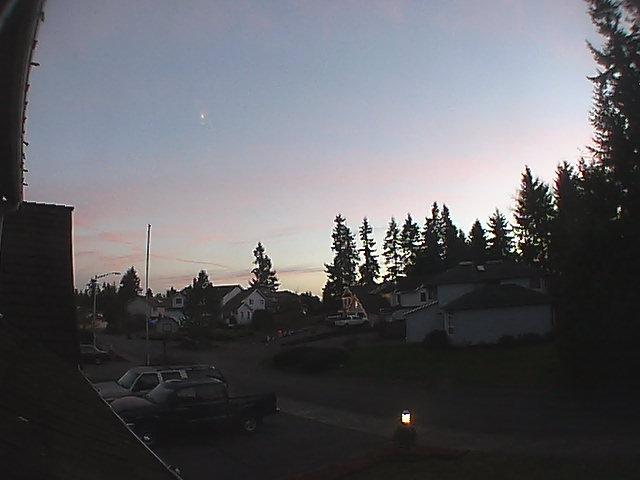





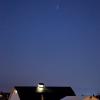

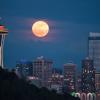
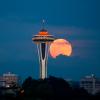

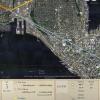


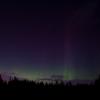

 There's a buzz this summer in the Astronomy/Atmospheric communities about a little-understood atmospheric phenomena called "Noctilucent Clouds". For some reason, this summer has had an
There's a buzz this summer in the Astronomy/Atmospheric communities about a little-understood atmospheric phenomena called "Noctilucent Clouds". For some reason, this summer has had an 